Study, work or travel in the UK. British
culture and life.


A visit to the concentration camp at Sachsenhausen
|
|
Study, work or travel in the UK. British
culture and life.
|
|
||
|
|
|
|
||
 |
||||
|
|
||||
 |
||||
|
A visit to the concentration camp at Sachsenhausen
|
||||
|
Sections:
|
Introduction | |
| History | ||
| Inside the camp | ||
| Memorials | ||
| Further information | ||
| Links |
|
INTRODUCTION
|
| Liebe
Mutti: One Man's Struggle to Survive in KZ Sachsenhausen, 1939-1945 Author: Jerzy Pindera Publisher: University Press of America Date: March 2004 |
 |
Inside
the Concentration Camps: Eyewitness Accounts of Life in Hitler's Death Camps Editor: Eugene Aroneanu Publisher: Greenwood Press Date: October 1996 |
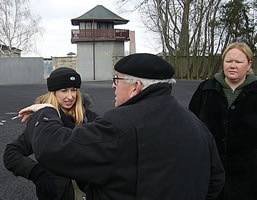 A local guide explains about the camp |
|
HISTORY
|
|
INSIDE THE CAMP
|
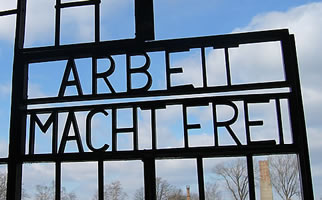 Entrance gate: "Arbeit macht frei" |
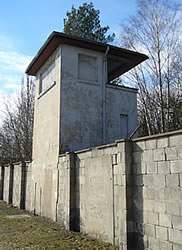 Watch tower |
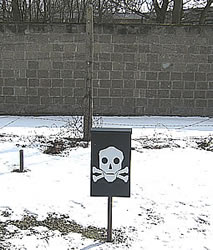 Prisoners are forbidden from approaching the wall |
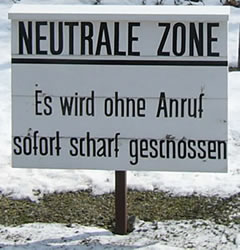 Sign warning that you will be shot dead if you enter this zone |
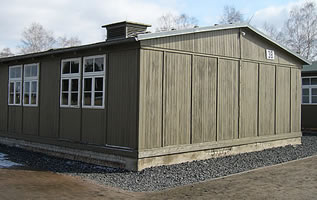 Barrack 38: used to house Jewish prisoners |
 This modern sign marks the entrance to the building used as a special prison by the Gestapo and SS camp authorities |
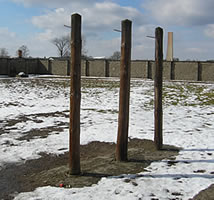 Gallows: prisoners were hanged in front of others during the roll-call |
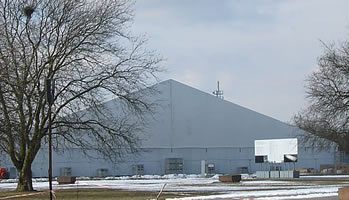 Station Z: the site of the crematorium and extermination facilities |
|
MEMORIALS
|
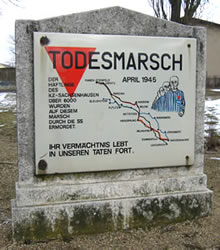 "Death march" memorial stone: thousands of prisoners were killed before the camp was liberated by the Soviet army |
 Memorial inside the camp to those who died here: the triangles represent the 18 types of prisoner who died here |
|
FURTHER INFORMATION
|
|
|
|